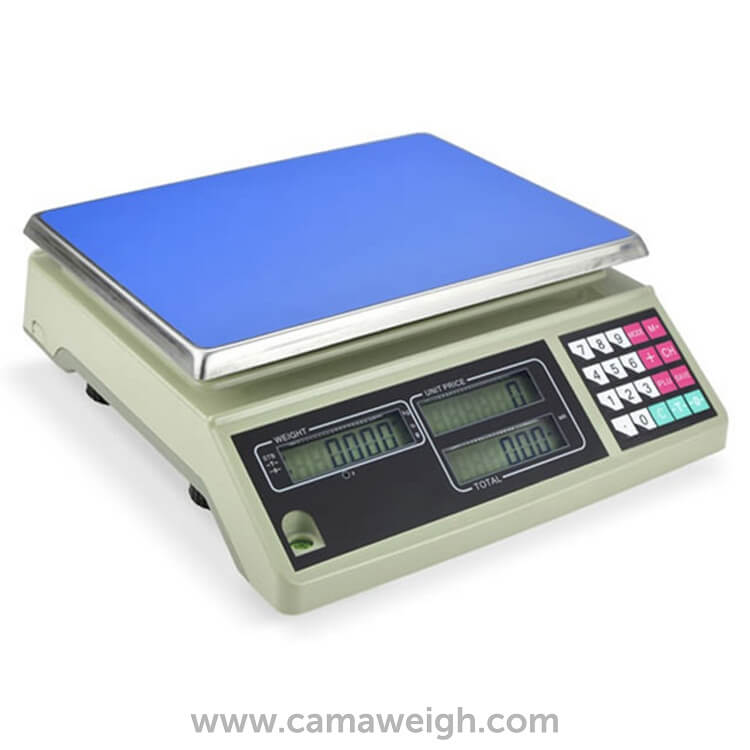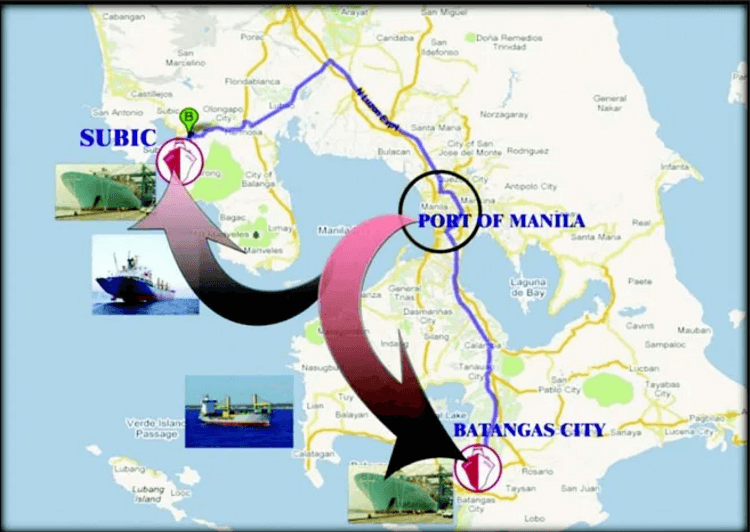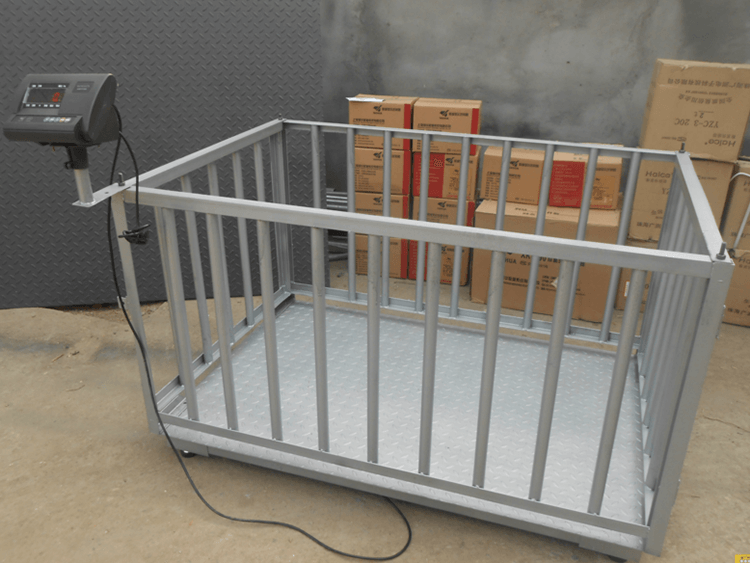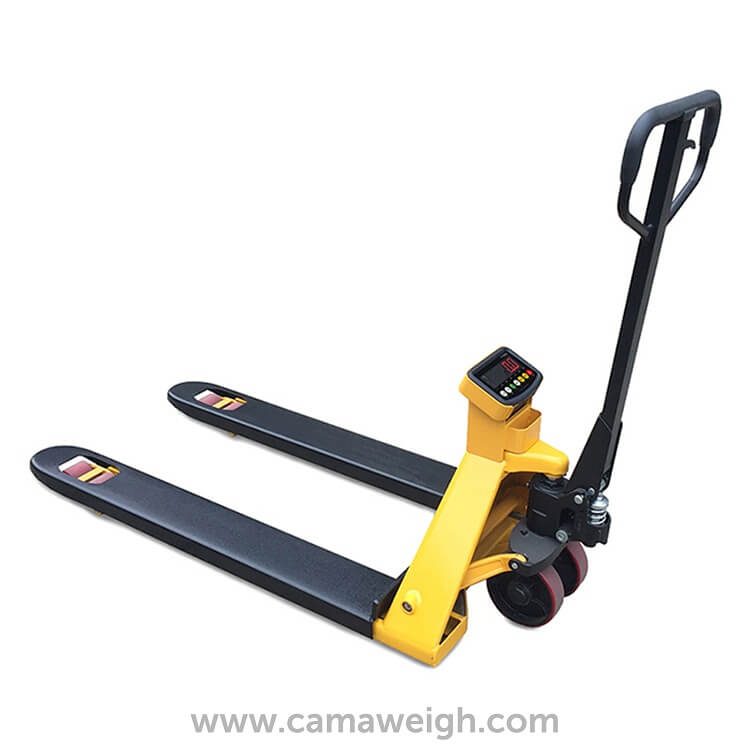
Introduction of Philippines
- Philippines has a population of 106.6 million
- Capital: Manila
- Official language: Filipino and English
- Total Area: 300,000 km2
- Currency: Philippine peso
Economic Statistics of Philippines
Economic Overview:
- Philippines is the 29th largest economy in the world by nominal GDP
- Philippines is the 13th largest economy in Asia by nominal GDP
- Philippines is the 3rd largest economy in Southeast Asia by nominal GDP after Indonesia and Thailand
- Philippines has a nominal GDP of $367.4 billion
- Philippines' largest industries are mining, aerospace, chemicals, metals, precision instruments, pharmaceuticals, shipbuilding, electronics, and semiconductors.
Economy breakdown:
- Services 59%
- Industry 34%
- Agriculture 7%.
Main importers of Philippines’s goods:
- China 14%
- Singapore 6%
- United States 17%.
- Hong Kong 14%
- Japan 16%
Main exporters to Philippines:
- China 20%
- Korea 10%
- United States 7%.
- Japan 10%
- Thailand 7%
The Manufacturing Industry in the Philippines
A quarter of the GPD in the Philippines is generated from the manufacturing industry. In 2015, the manufacturing industry contributed to the Philippines’ economic growth by 23% in the GDP and employed over 3.2 million people in the workforce.
Compared to the agriculture and service sectors, the manufacturing market has higher wages, income, and performance in the Philippines. The manufacturing industry promotes productivity, technological advancement, and innovation to other countries.
Some of the manufacturing sub-sectors include:
- Food Manufacturing: In 2018, the Philippines’ food processing sector contributed about 713.52 billion Philippine pesos to the economic value. It also contributes around 20% per year to the GDP. Food manufacturing is the Philippines' primary industry, including all major sectors of food and beverage processing. Moreover, raw materials and ingredients used in food processing are their direct import goods. This market's efficiency depends on specific weighing scales to improve their financial costs, storage facility, transportation/storage, and packaging. At Camaweigh, we sell the following industrial scales that can enhance food manufacturing operation:
- Electrical Machinery and Apparatus: In 2018, the economic value from the Philippines’ electrical machinery and equipment sector contributed to about 48.6 billion Philippine pesos. In 2014, this industry accounted for 47% of overall exports, worth US$29 billion, of which 87% came from electronics and 13% from electrical goods. Some electronic equipment Camaweigh offers are:
- Pharmaceutical: The Philippines is the 11th largest pharmaceutical market in the Asia-Pacific region and, after Indonesia and Thailand, the third-largest pharmaceutical market in ASEAN. In 2016, the pharmaceutical industry was worth $3.6 billion and was forecasted to exceed more than $4 billion by 2020, with a compound annual growth rate of 3.5%. The government plans to improve the pharmaceutical industry, grows acceptance of generic drugs, and creates initiatives for private sectors. That’s why some of the weighing scales that the industry might use are:
- Medical Devices: In Asia, Malaysia is becoming a well-placed country for any medical equipment. In 2018, Malaysia's medical device industry accounted for USD 2.5 billion in exports and USD 7.3 million in imports. At Camaweigh, you can buy different patient weighing equipment.

Digital counting scale in grams, kilos, or pounds with unit price feature. Stainless steel platform and good quality load cells. Ideal equipment for livestock, textile material, and any small or oversized items weighing.
The Transportation and Logistic Industry in the Philippines
Given the strong economic growth and the high domestic consumption and international trade in the Philippines, the demand for transportation and logistics services is expected to increase positively, especially in healthcare, telecommunication, electronics, food, and retail.
Additionally, there will be a positive effect on logistics demand after improving the government's infrastructure programs with the Philippines Development Plan. Thus, logistics and transportations firms will be required to invest in emerging digital technologies, such as automated logistics, real-time monitoring, automation, and robotics.
For the period 2018-2024, the Philippines Logistic Market is forecasted to have a growth rate between 8.2% and 8.8% because of the rising online shopping from companies and consumers.
Types of Weighing System Used in Transportation and Logistic Industry:
The improvement of infrastructure in warehousing, logistic, and transportation means increasing sales on weighing scales for companies. The following weighing scales are convenient for different types of industries, such as shipping, warehousing, agriculture logistics, and vehicle:
- Weighbridge Truck Scales
- Portable Truck Scales
- Vehicle Scales
- Bench scale
- Axle Scales
- Floor Scales for inventory, baggage at airports, or Pallet Truck Scales
- Crane Scales
Sea Ports and Trading Hubs of Philippines
For international trading, the primary five seaports in the Philippines are Port of Manila, Port of Cebu, Batangas International Port, Port of Subic, Port of Cagayan de Oro.
When exporting products to our clients in the Philippines, Camaweigh uses the most extensive and busiest port: The Port of Manila.

What weighing scales does Philippines import?
Some of the leading weighing scales that Philippines might import include:
- Accessories from Load Cells to Traffic Lights and Displays
- Vehicles Weighing Products like weighbridge
- Medical Scales
- Test Weights like precision weighs and heavy-duty cast-iron weights
- Hydraulic Lift or Scissor Lift Table
- Intelligent Weighing System
- Special Scales for livestock, logistic, or airport

Livestock scale with grey cage and external digital scale indicator for maximum accuracy results. Include foot legs for easy mobility. Our livestock scale is used to weigh single small animals.

Uline/Standard Pallet Jack Scale for industrial use. Come in yellow and black. Digital indicator included. It is also a Hand Pallet Scale because you are able to move around with it and brake if necessary.
What regulations are there on importing equipment to the Philippines?
Philippines imports tariffs range from 0 to 65 percent, and the Philippines Customs apply a value-added tax (VAT) at 12% for imported goods. The country follows the United Nation’s Standard International Trade Classification (SITC). When importing equipment to the Philippines, customs request the following documents:
- Import Clearance Certificate from the Bureau of Internal Revenue
- Registration with the Bureau of Customs (BOC) and get an account with the Client Profile Registration System (CPRS)
- Bill of Landing or Airway Bill
- Certificate of Origin
- Invoice
- Commercial Invoice or Letter of Credit
- Packing List
- Sales Contract or Proof of Payment
- Import Permit
- Customs Import Declaration
Camaweigh will make sure to handle all logistic and documentation processes for your company and our worldwide clients.
Why should the Philippines import equipment?
- Availability – Customers require equipment on time, and sometimes, local industries have limited capacity and availability.
- High Equipment Cost – Given the domestic competition and increased production and labor costs, equipment is more expensive to buy domestically than internationally.
- Equipment Quality - While most international equipment suppliers have a good brand reputation and quality products, some smaller domestic manufacturers can have alternative equipment quality.
Where Can I buy Equipment for the Philippines?
Camaweigh has been exporting a wide range of weighing scales to clients in the Philippines. Feel free to contact us at [email protected] or WhatsApp us at +86-131-2037-9271 for a FREE quotation.


 French
French Spanish
Spanish